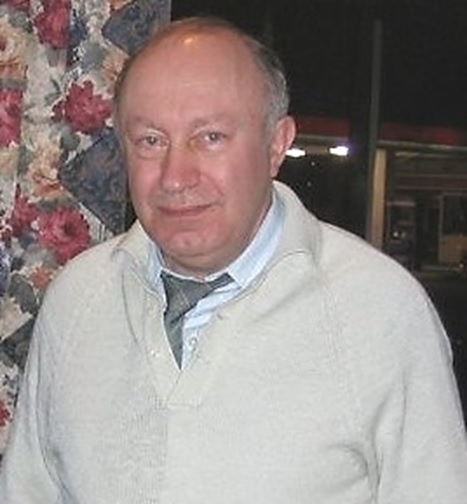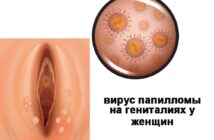Michael Ioelovich. Progress in Characterization of Cellulose and Cellulose Esters. Eliva Press: Chisinau, 2023.
CONTENTS
ABSTRACT 1
1. INTRODUCTION 2
2. MODELS OF SUPRAMOLECULAR STRUCTURE OF CELLULOSE 6
3. STUDY OF THE SUPRAMOLECULAR STRUCTURE OF CELLULOSE BY DIFFERENT METHODS 11
3.1. FTIR and FT Raman spectroscopy 11
3.2. Solid State 13C NMR 12
3.3. Wide-angle X-ray scattering (WAXS) 15
3.3.1. Basics of WAXS method 15
3.3.2. Structural characteristics of various crystalline allomorphs of cellulose 16
3.3.3. Sizes of cellulose crystallites 20
3.3.4. Crystalline lattice distortion and paracrystallinity 27
3.3.5. Crystallinity of cellulose 30
3.3.6. Structural state of noncrystalline cellulose 34
3.4. Physicochemical methods 37
3.4.1. Wetting enthalpy 37
3.4.2. Sorption of water vapor 40
3.4.3. Sorption vapors of various alcohols 43
4. STUDY OF THE SUPRAMOLECULAR STRUCTURE OF CELLULOSE ESTERS 47
4.1. Foreword 47
4.2. Structural characteristics of cellulose triesters 47
4.3. Structural characteristics of cellulose esters with various substitution degrees 50
4.4. Hydrophobicity of cellulose esters 56
5. CLOSING REMARKS 58
LITERATURE 61
ABSTRACT
Cellulose is a linear, stereoregular, and semi-crystalline polysaccharide. Linear chains of cellulose connected by hydrogen bonds form the supramolecular structure of this biopolymer, consisting of elementary nanofibrils and their bundles, called microfibrils. Each nanofibril contains ordered nanocrystallites and poorly ordered nanosized non-crystalline domains. After chemical modification, various cellulose derivatives can be obtained among which the cellulose esters are important. To describe the supramolecular structure of cellulose a new structural model was proposed, which includes amorphous-mesomorphous non-crystalline domains and imperfect crystallites with paracrystalline layers on their surface. In this model, the crystallites and non-crystalline domains are located along the fibril and their alternation has a random character. Crystallites of natural cellulose have the allomorph of CI alpha or beta, which can be converted to other allomorphs, CII, CIII, or CIV. Crystallites of various allomorphs are stable and inaccessible to most reagents, typical organic solvents, water, and diluted solutions of acids and bases. Vice versa, non-crystalline domains represent weak and accessible places of cellulose fibrils. As a result, these domains can absorb water vapor, swell in polar liquids, and react; they are easily esterified and etherified, oxidized, and split during thermolysis, hydrolysis, alcoholysis, acetolysis, etc. To characterize the supramolecular structure of cellulose, it is necessary to know the sizes of crystallites, the type of crystalline allomorph, the degree of crystallinity, interplanar distances, parameters of the crystalline unit cell, and degree of lattice distortion, as well as the content, size, and packing density of paracrystalline and non-crystalline domains. Along with the supramolecular structure of cellulose, it is also important to know the structural characteristics of various esters of cellulose and aliphatic acids with different degrees of substitution such as parameters of crystallites, molar, Van-der-Waals, and free volumes of non-crystalline domains, index of hydrophobicity, etc. However, despite a large number of studies, many details of the structural organization of cellulose and its esters are still not sufficiently clear. This paper discusses models of supramolecular structure and improved methods of structural studies that provide new reliable results on the structural organization of cellulose and its esters. It is also shown that the obtained structural characteristics can be used to predict many important properties of these biopolymers.
This book can be purchased in Amazon:
Amazon USA — https://www.amazon.com/dp/9994987429
Amazon Germany — https://www.amazon.de/dp/9994987429
Amazon France — https://www.amazon.fr/dp/9994987429
Иллюстрация: Эковед
СПРАВКА: это новая книга академика, профессора, доктора химических наук Михаила Иоеловича. Книга продается в Европе и США. За справками обращаться к автору: ioelovichm@gmail.com











